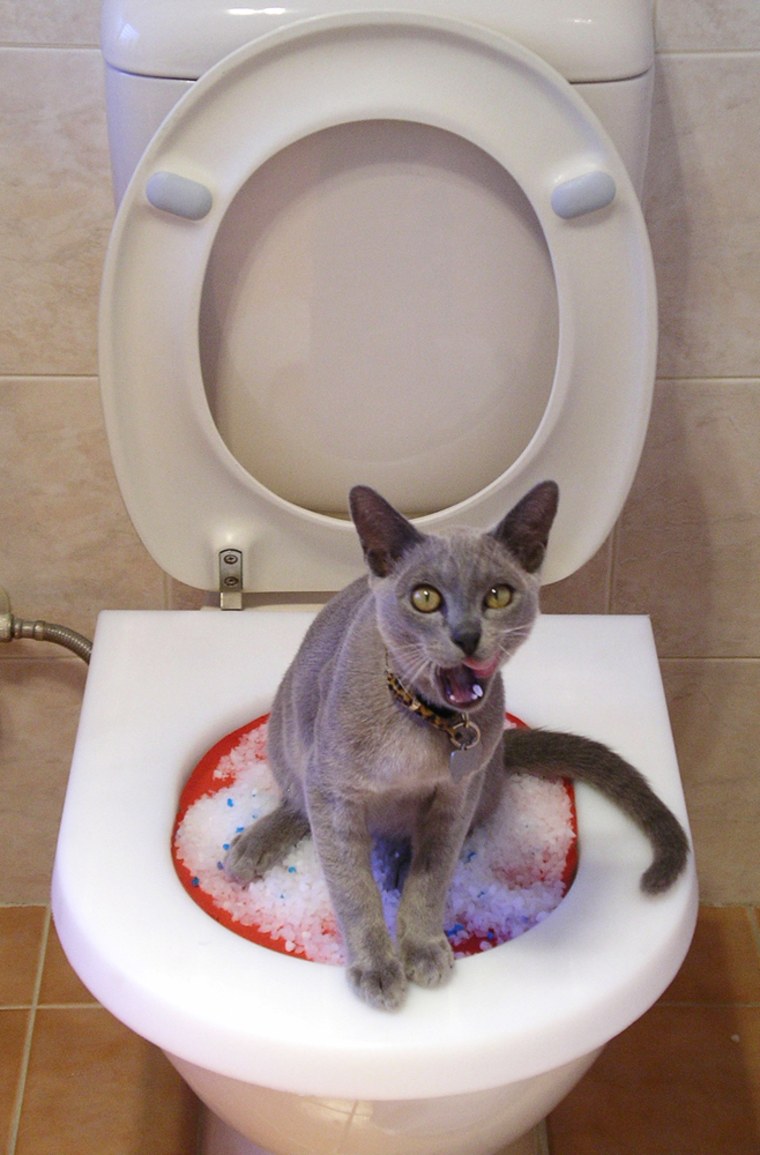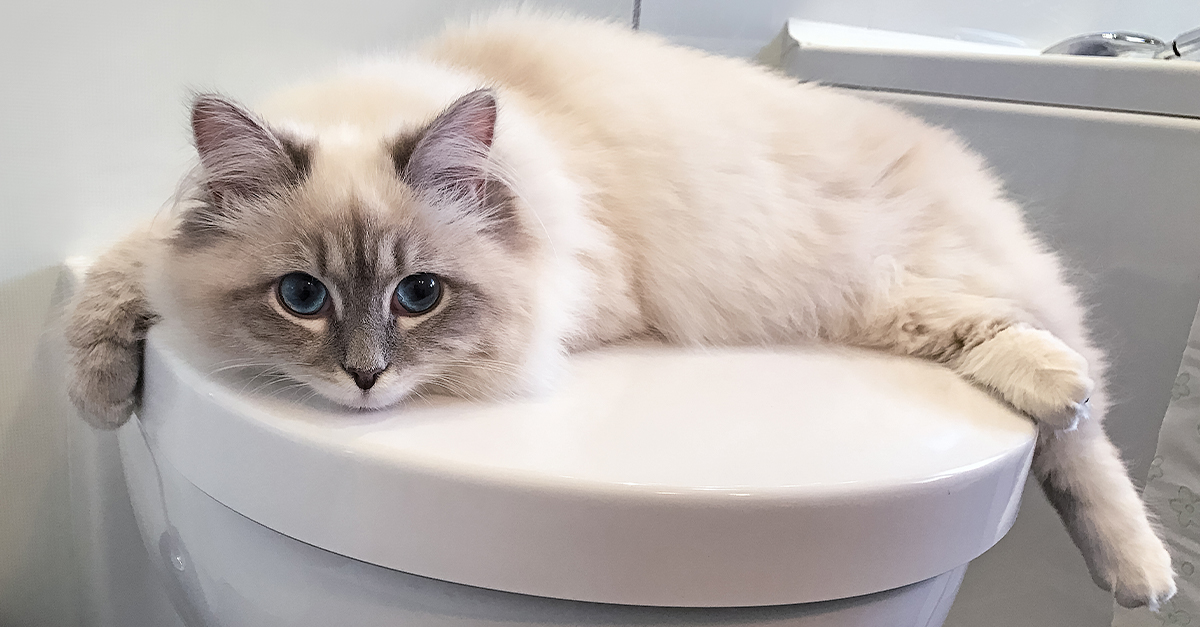Don't Flush Cat Poop Down Your Toilet - Maintain Your House's Plumbing System
Don't Flush Cat Poop Down Your Toilet - Maintain Your House's Plumbing System
Blog Article
How do you feel when it comes to How to Dispose of Cat Poop and Litter Without Plastic Bags?

Introduction
As cat owners, it's vital to be mindful of how we throw away our feline buddies' waste. While it might appear practical to purge cat poop down the toilet, this technique can have detrimental consequences for both the setting and human health and wellness.
Alternatives to Flushing
Fortunately, there are more secure and much more responsible methods to deal with feline poop. Consider the adhering to choices:
1. Scoop and Dispose in Trash
One of the most usual method of throwing away pet cat poop is to scoop it right into a naturally degradable bag and toss it in the trash. Be sure to utilize a dedicated trash scoop and take care of the waste promptly.
2. Use Biodegradable Litter
Opt for biodegradable cat trash made from products such as corn or wheat. These clutters are eco-friendly and can be securely gotten rid of in the trash.
3. Bury in the Yard
If you have a lawn, consider hiding feline waste in an assigned location far from veggie gardens and water sources. Be sure to dig deep adequate to prevent contamination of groundwater.
4. Set Up a Pet Waste Disposal System
Buy a family pet waste disposal system particularly made for pet cat waste. These systems make use of enzymes to break down the waste, minimizing odor and environmental effect.
Health Risks
In addition to ecological concerns, flushing feline waste can additionally present wellness threats to people. Pet cat feces may have Toxoplasma gondii, a bloodsucker that can cause toxoplasmosis-- a possibly serious ailment, particularly for expectant ladies and people with damaged immune systems.
Environmental Impact
Purging cat poop introduces damaging microorganisms and bloodsuckers right into the water system, posing a significant risk to marine ecological communities. These contaminants can negatively affect marine life and compromise water quality.
Conclusion
Liable family pet possession extends beyond offering food and sanctuary-- it likewise involves correct waste administration. By refraining from purging pet cat poop down the toilet and going with alternate disposal techniques, we can minimize our environmental footprint and shield human wellness.
Why Can’t I Flush Cat Poop?
It Spreads a Parasite
Cats are frequently infected with a parasite called toxoplasma gondii. The parasite causes an infection called toxoplasmosis. It is usually harmless to cats. The parasite only uses cat poop as a host for its eggs. Otherwise, the cat’s immune system usually keeps the infection at low enough levels to maintain its own health. But it does not stop the develop of eggs. These eggs are tiny and surprisingly tough. They may survive for a year before they begin to grow. But that’s the problem.
Our wastewater system is not designed to deal with toxoplasmosis eggs. Instead, most eggs will flush from your toilet into sewers and wastewater management plants. After the sewage is treated for many other harmful things in it, it is typically released into local rivers, lakes, or oceans. Here, the toxoplasmosis eggs can find new hosts, including starfish, crabs, otters, and many other wildlife. For many, this is a significant risk to their health. Toxoplasmosis can also end up infecting water sources that are important for agriculture, which means our deer, pigs, and sheep can get infected too.
Is There Risk to Humans?
There can be a risk to human life from flushing cat poop down the toilet. If you do so, the parasites from your cat’s poop can end up in shellfish, game animals, or livestock. If this meat is then served raw or undercooked, the people who eat it can get sick.
In fact, according to the CDC, 40 million people in the United States are infected with toxoplasma gondii. They get it from exposure to infected seafood, or from some kind of cat poop contamination, like drinking from a stream that is contaminated or touching anything that has come into contact with cat poop. That includes just cleaning a cat litter box.
Most people who get infected with these parasites will not develop any symptoms. However, for pregnant women or for those with compromised immune systems, the parasite can cause severe health problems.
How to Handle Cat Poop
The best way to handle cat poop is actually to clean the box more often. The eggs that the parasite sheds will not become active until one to five days after the cat poops. That means that if you clean daily, you’re much less likely to come into direct contact with infectious eggs.
That said, always dispose of cat poop in the garbage and not down the toilet. Wash your hands before and after you clean the litter box, and bring the bag of poop right outside to your garbage bins.
https://trenchlesssolutionsusa.com/why-cant-i-flush-cat-poop/

As an enthusiastic reader about How to Dispose of Cat Poop and Litter Without Plastic Bags, I think sharing that section was a smart idea. Are you aware of someone else who is in to Don’t flush cat feces down the toilet? Feel free to share it. We love reading our article about Don’t flush cat feces down the toilet.
Request Free Estimate Report this page